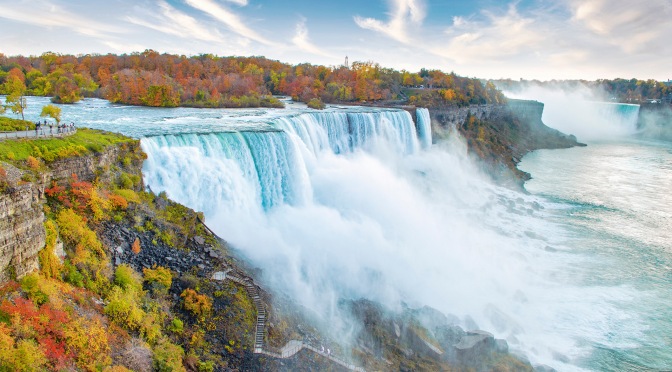Please join us on Monday, February 26 at 7 p.m. in the Auditorium of the Birmingham Botanical Gardens for the 82nd Annual Meeting of the Birmingham Historical Society. President Wayne Hester will preside.
Recorded history is said to have begun with the drafting of the Sumerian cuneiform tablets, approximately 5,000 years ago. Beginning in the 19th century, the study of fossils has evolved to tell a significantly longer span of earth’s history: 500 million years, i.e. “Deep Time.” Per our speaker Bill Deutsch: “Alabama has been part of this unfolding story since the modern science of Paleontology began, and fossil richness will keep it center stage.”


Deutsch will take us on a mesmerizing “Walk Through Deep Time”, unfurling Alabama’s rich fossil legacy and its connections to our history, geology, and world-class biodiversity. (Add to your FB calendar HERE)
Following Dr. Deutsch’s talk, Carolanne Roberts will announce the winners of the Fruity Wonders Cake Competition, praising our members’ creations and sharing comments from our esteemed judges.
Then, we invite you to get a copy of Ancient Life in Alabama, to chat with Bill Deutsch, sample cake, and pay 2024 Society dues. Copies of Deutsch’s book will be available for sale for $30 cash, check, or charge.
About the Author
Dr. William (“Bill”) Deutsch is a Research Fellow Emeritus in the Auburn University School of Fisheries, Agriculture, and Aquatic Sciences. The New York native holds degrees in Biology, Anthropology and Zoology, and Aquatic Ecology, the later a PhD from Auburn. During his 26 years as an aquatic ecologist in Alabama, With a longstanding interest in fossils, Deutsch participated in fossils hunting expeditions across the nation He has taught, lectured, and written widely about the natural wonders of our state, especially its rivers and its fossilsand what they can tell us about the present and times long past.
“Since moving to Alabama nearly 40 years ago, I’ve learned about its rich variety of fossils. Rock outcrops are fanned out in a relatively discernible pattern, with bands of fossils representing each geological era. The story of more than 500 million years of life is here, just under our feet. Tropical seas teemed with sharks, mosasaurs, and reef life. Coal-forming swamps ringed coastlines with huge dragonflies and millipedes, slithering amphibians, and towering horsetail plants. Dinosaurs of several types were here along with toothed birds, legged whales, rhinoceroses, mastodons, and giant sloths—the highest fossil diversity of any state east of the Mississippi River! In Alabama? Who knew? How and when did this happen?”
–-Bill Deutsch, “Preface,” Ancient Life in Alabama : The Fossils, The Finders & Why It Matters, July 2022.
“Fruit came with the flowering plants in the Mesozoic age [145 to 66 million years ago]. Late dinosaurs probably imbibed.” Bill Deutsch.
CALLING ALL CAKES
For the Fruity Wonders Cake Contest
THE RULES: Bake your cake and bring the form and your cake for judging to the Birmingham Botanical Gardens Auditorium between 3:30 and 4:00 p.m. on February 26.

JUDGING CATEGORIES: Most Colorful + Best Creative Use of Fruit + Best Visual Presentation +Best Flavor Profiles + Best Memory Statement + Best Overall





















